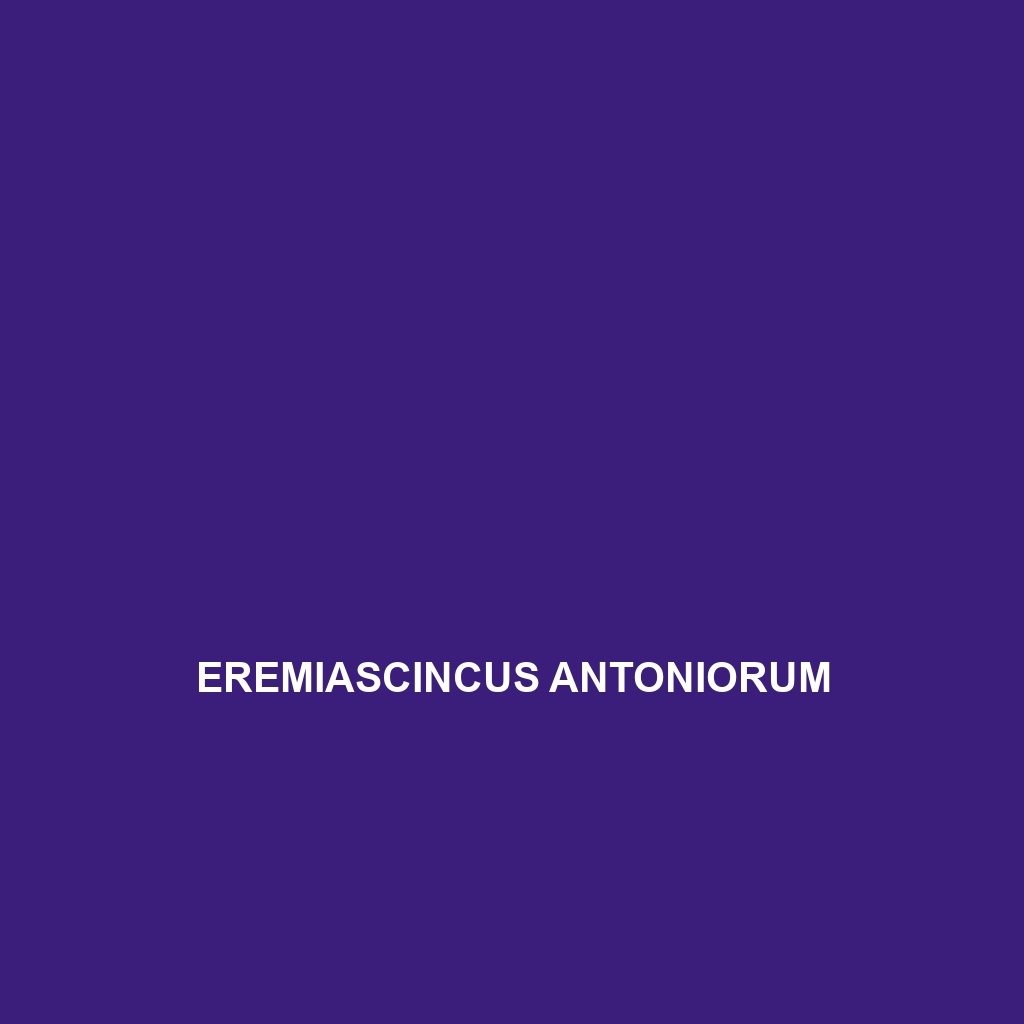<p><b>Liolaemus sagei</b>, a medium-sized lizard found in southern South America's temperate forests and grasslands, exhibits vibrant coloration for camouflage and plays a vital role in controlling insect populations. This species is known for its intriguing behaviors, including sun basking and elaborate courtship displays, contributing significantly to its ecosystem as both predator and prey.</p>
Tag: grassland reptiles
Liolaemus gracilis
Discover the fascinating Liolaemus gracilis, a slender lizard native to the temperate forests and grasslands of the South American Andes, known for its impressive agility, distinctive coloration, and role in controlling insect populations. This species showcases unique adaptive behaviors, including seasonal migration and diurnal activity, making it a vital contributor to its ecosystem.
Latastia caeruleopunctata
<p><b>Latastia caeruleopunctata</b>, commonly known as the blue-spotted lizard, is a medium-sized reptile found in the savannas and grasslands of sub-Saharan Africa, recognizable by its vibrant blue spots on a brownish or grayish skin. These adaptable, diurnal lizards primarily feed on insects and play a crucial role in their ecosystem as both predator and prey.</p>
Hypsiglena slevini
<b>Hypsiglena slevini</b>, commonly known as Slevin’s snake, is a nocturnal predator found in the arid environments of the southwestern United States and parts of Mexico, characterized by its slender body, distinct coloration, and ability to burrow for shelter. This species plays a vital role in its ecosystem by controlling populations of small mammals and insects.
Eremiascincus douglasi
Douglas' mabuya (<i>Eremiascincus douglasi</i>) is a small skink found in Australia’s arid and semi-arid regions, measuring 7 to 12 cm with a coloration that ranges from light brown to olive. As an insectivore, it thrives in sandy habitats, showcasing remarkable speed and adaptability, while playing a vital role in its ecosystem by controlling insect populations and contributing to soil health.
Eremiascincus antoniorum
Discover the Eremiascincus antoniorum, a fascinating lizard species from Australia's arid and semi-arid regions, recognized for its smooth scales, diurnal behavior, and adaptability to diverse habitats. With a diet primarily consisting of insects, this species plays a crucial ecological role in regulating insect populations while thriving in grasslands and savannas.
Eremias strauchi
Discover the Eremias strauchi, or Strauch's Sand Lizard, a slender, agile lizard measuring 10 to 20 cm, found in the semi-arid regions of Central Asia. This insectivore thrives in sandy habitats and plays a critical role in controlling insect populations while exhibiting fascinating behaviors such as diurnal foraging and complex mating displays.
Eremias pseudofasciata
Introducing the Eremias pseudofasciata, or spotted racerunner, a medium-sized lizard native to arid regions of Central Asia, known for its distinctive spotted coloration, agile movement, and diurnal behavior. This insectivorous species thrives in sandy habitats, playing a crucial role in maintaining ecological balance by controlling insect populations.
Eremias nikolskii
Eremias nikolskii, known as Nikolski's racerunner, is a medium-sized, agile lizard native to the arid grasslands and steppe regions of Central Asia. This insectivorous species is recognized for its impressive speed of up to 30 km/h, distinct coloration for effective camouflage, and unique ability to regrow its tail after shedding it to escape predators.
Eremias aria
Discover the <b>Eremias aria</b>, commonly known as the steppe runner, a resilient lizard found in Central Asia's arid regions, known for its slender body, remarkable speed, and adaptability in harsh climates. This insectivorous species plays a crucial role in maintaining ecological balance while thriving in temperate forests, grasslands, and savannas.









